Description
| Species | Auricularia auricula-judae |
| Difficulty ℹ️ | 🍄🍄 |
| Spore Coloration | White |
| Ecology | Saprotrophic or Parasitic |
| Edibility | Edible |
Auricularia auricula-judae, known as the wood ear, jelly ear, or by a number of other common names, is a species of edible Auriculariales fungus found worldwide. The fruiting body is distinguished by its noticeably ear-like shape and brown colouration; it grows upon wood, especially elder.
Auricularia auricula-judae grows on the wood of deciduous trees and shrubs, particularly Sambucus nigra (elder). It is also common on Acer pseudoplatanus (sycamore), Fagus sylvatica (beech), Fraxinus excelsior (ash), Euonymus europaeus (spindle), and in one particular case, the sycamore draining board of an old sink in Hatton Garden. It very rarely grows on conifers. It favours older branches, where it feeds as a saprotroph (on dead wood) or a weak parasite (on living wood), and it causes a white rot.
Commonly growing solitarily, it can also be gregarious (in a group) or caespitose (in a tuft). Spores are ejected from the underside of the fruit bodies with as many as several hundred thousand an hour, and the high rate continues when the bodies have been significantly dried. Even when they have lost some 90% of their weight through dehydration, the bodies continue to release a small number of spores. It is found all year, but is most common in autumn.
Some photos on this page have been sourced from iNaturalist, taken by Michel Langeveld or others. Licensed under CC-BY-SA-3.0 or CC0.
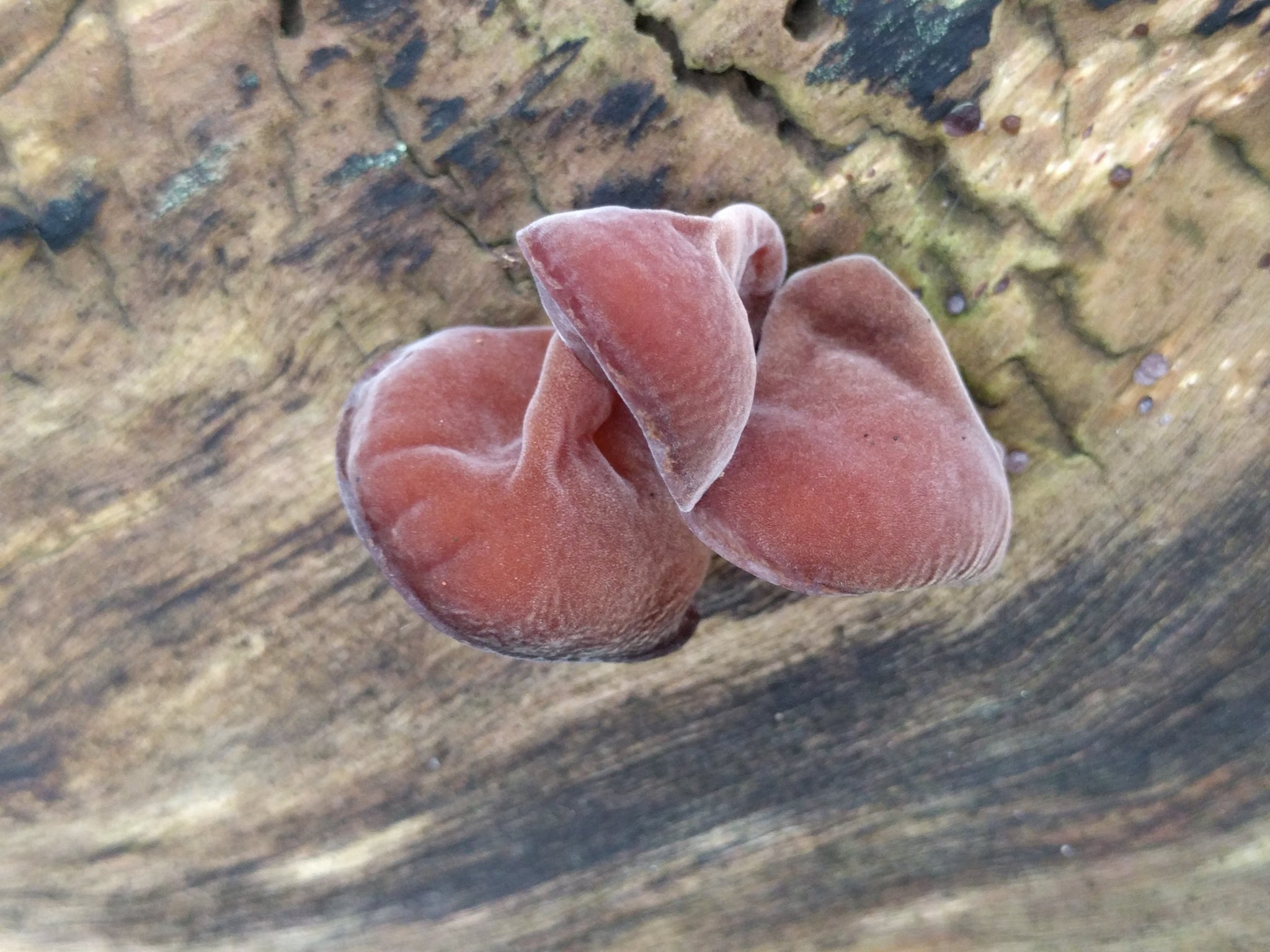
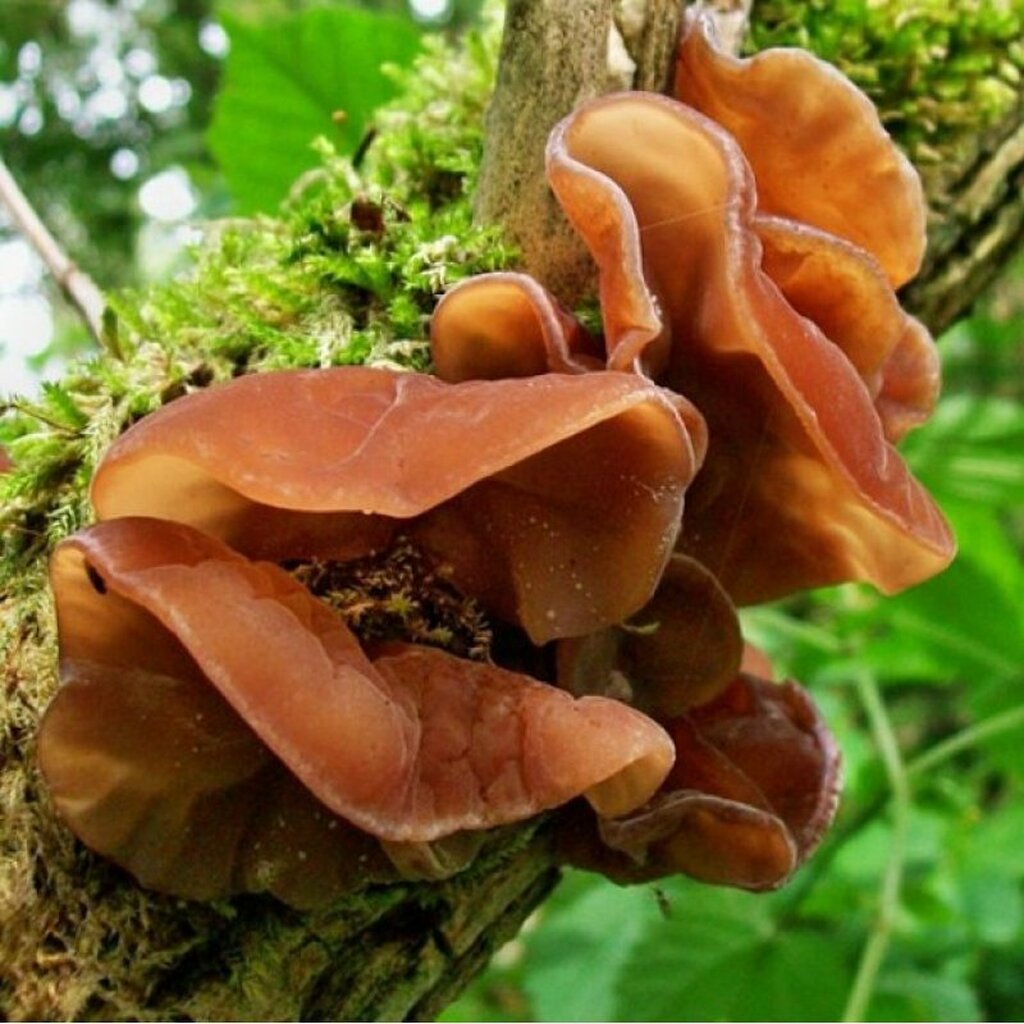
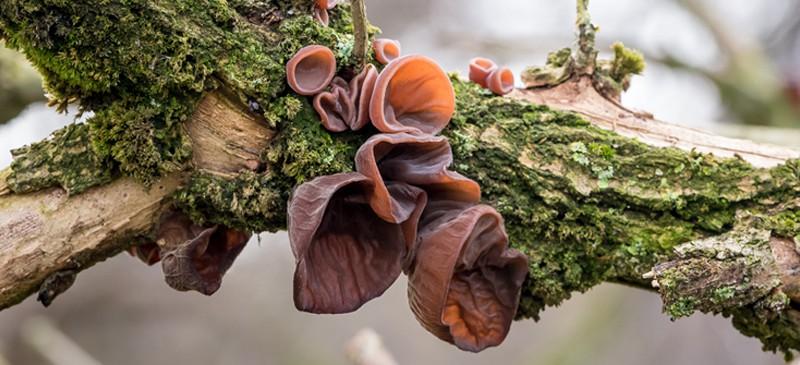
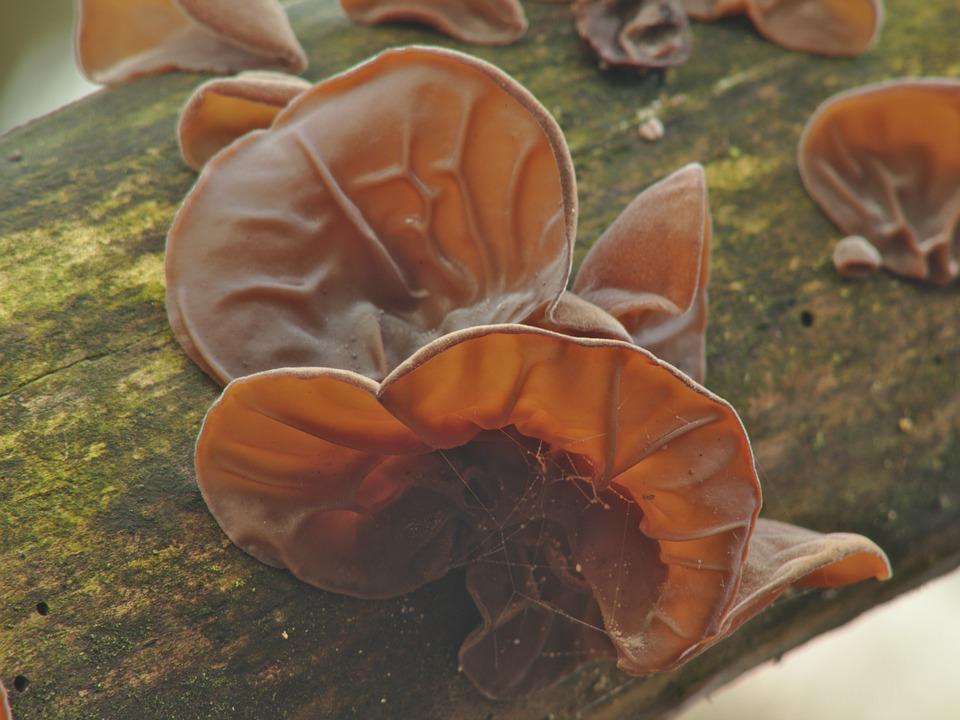
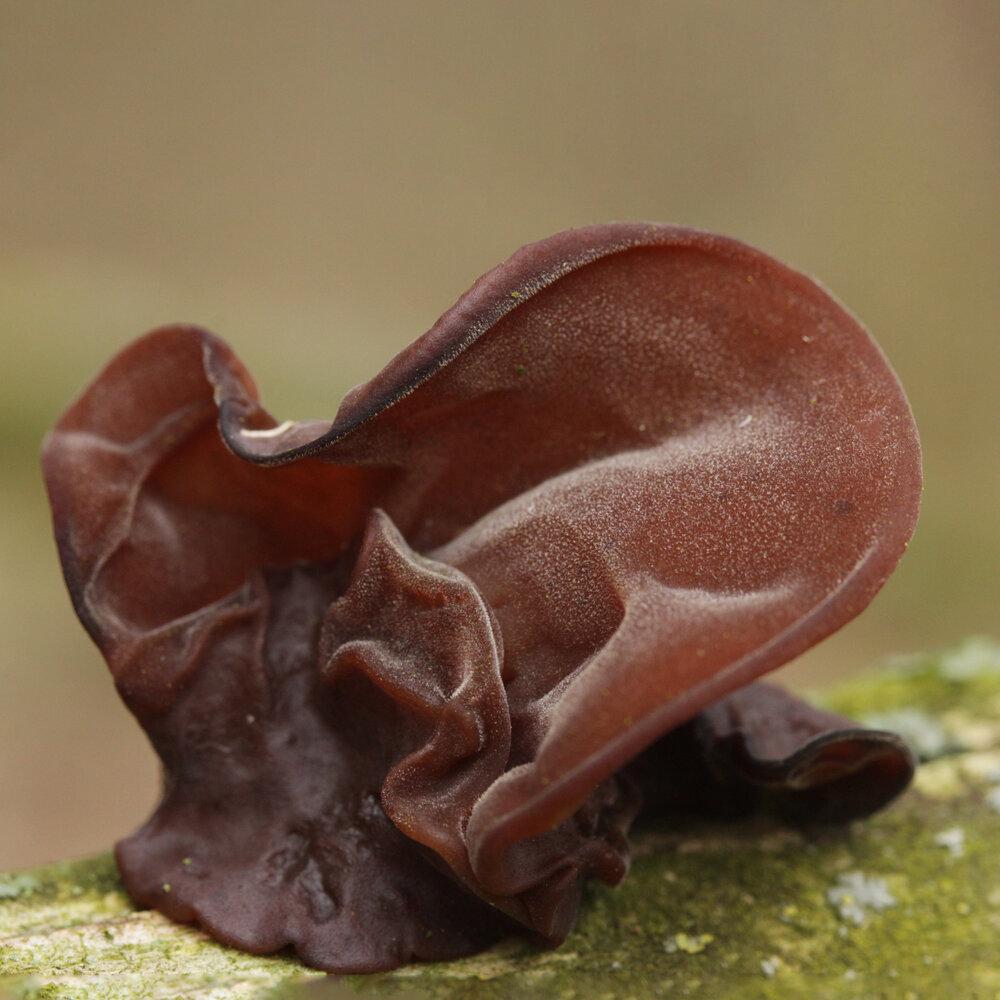
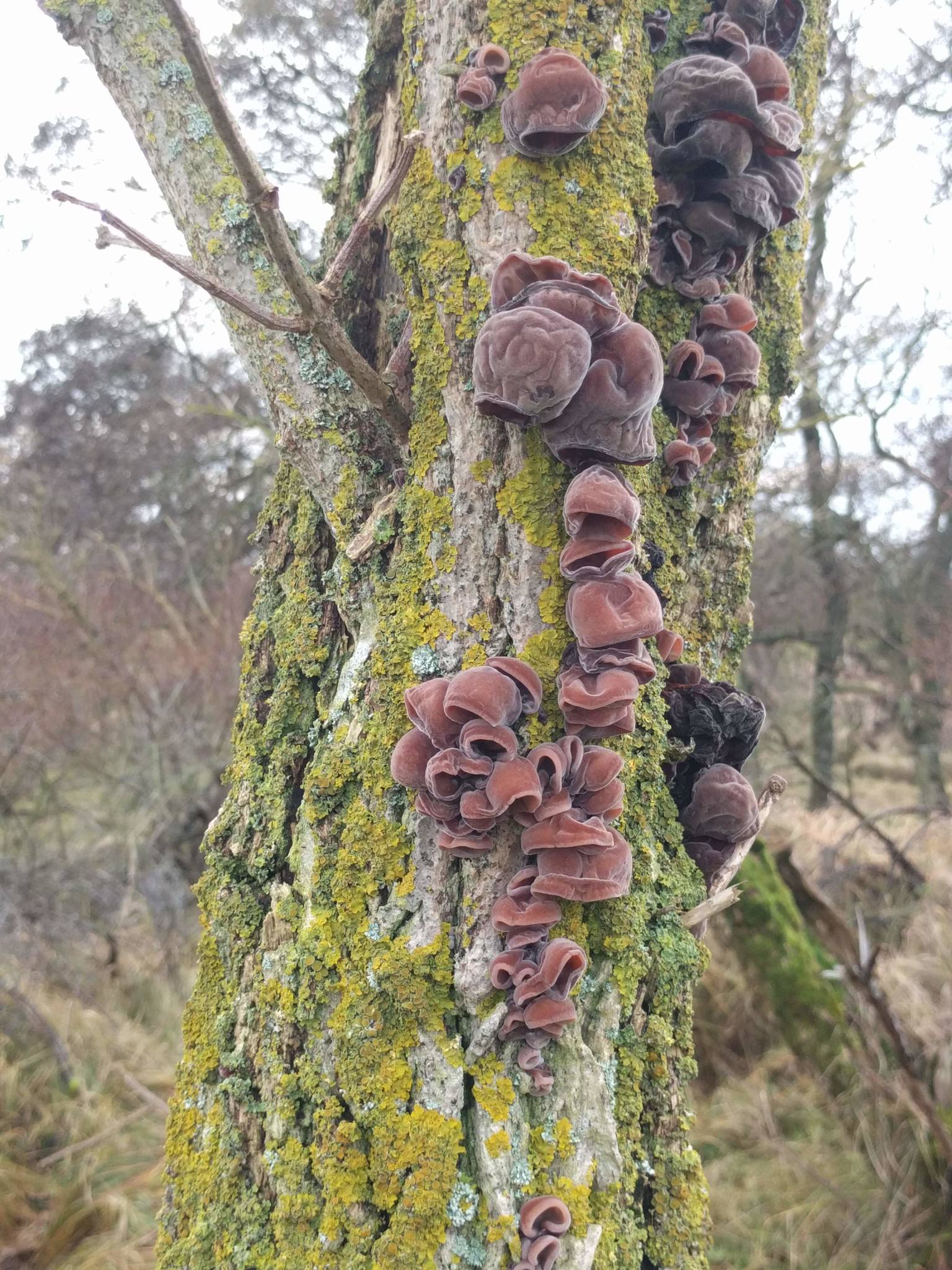
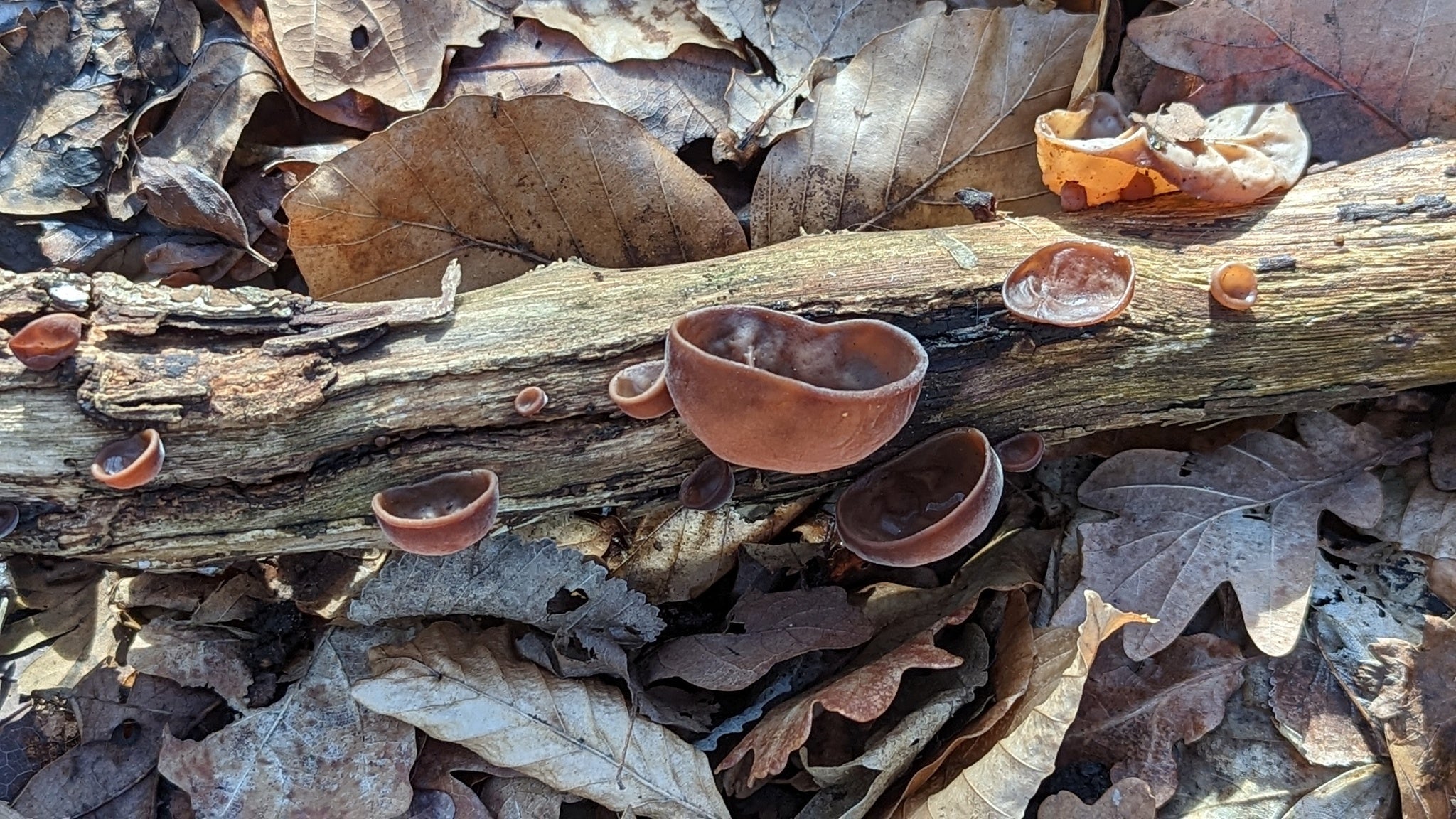
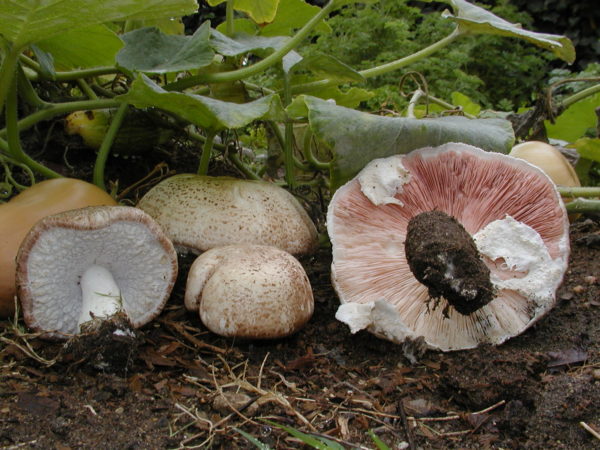

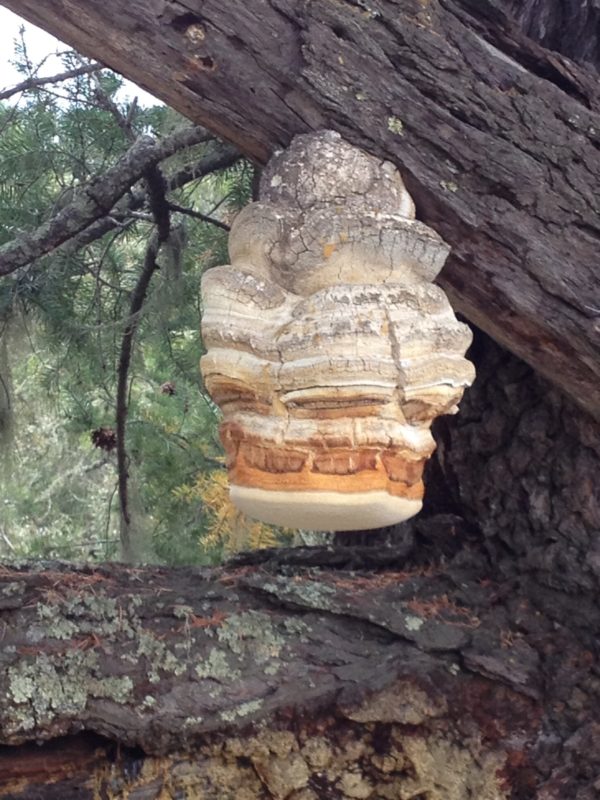
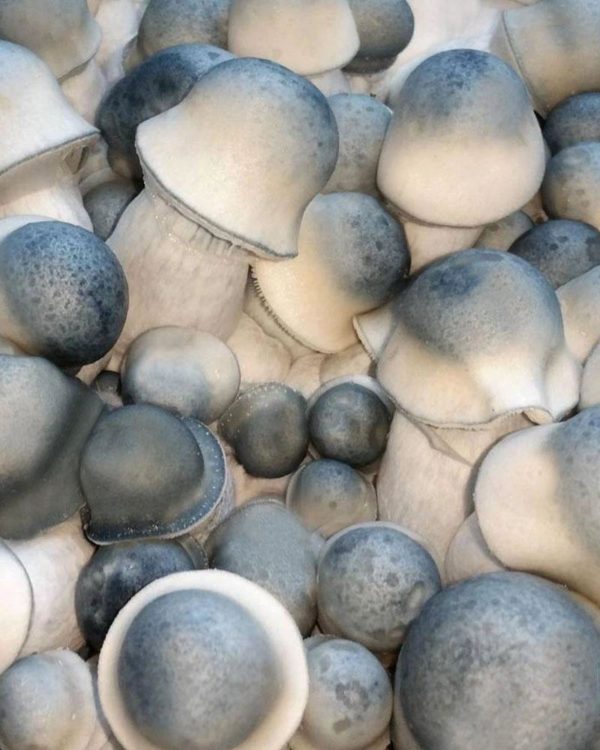
Reviews
There are no reviews yet.